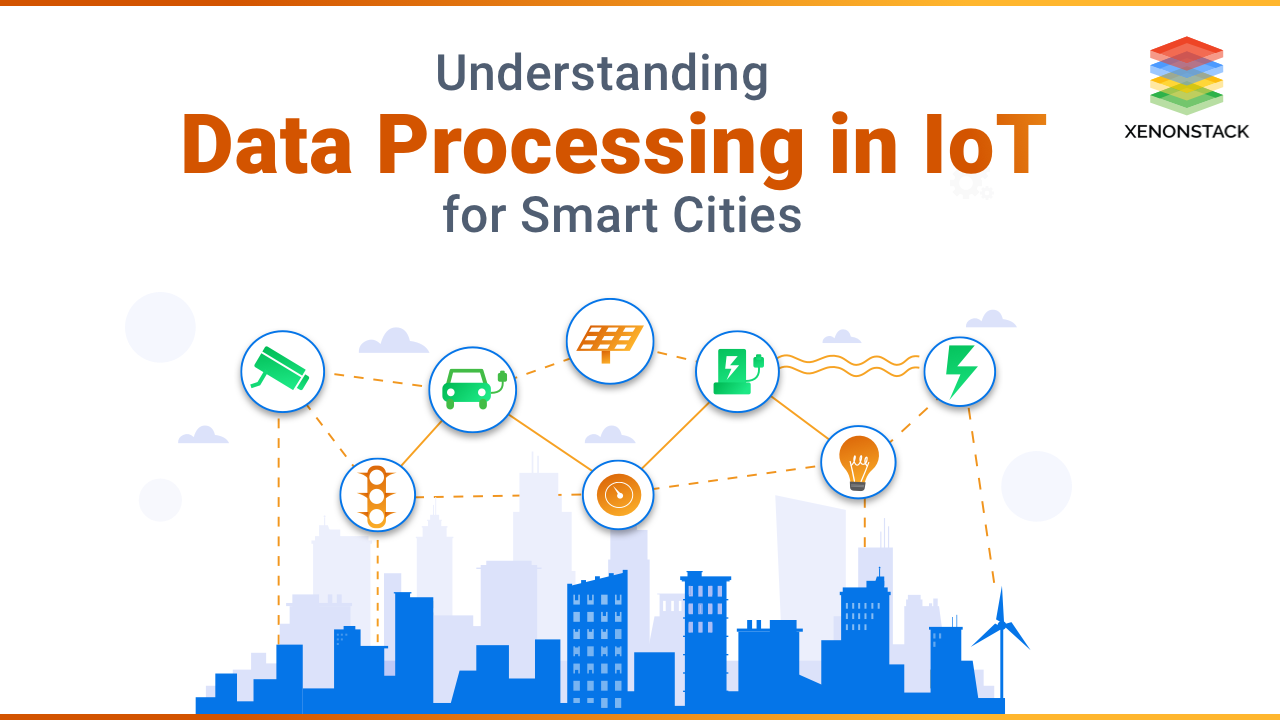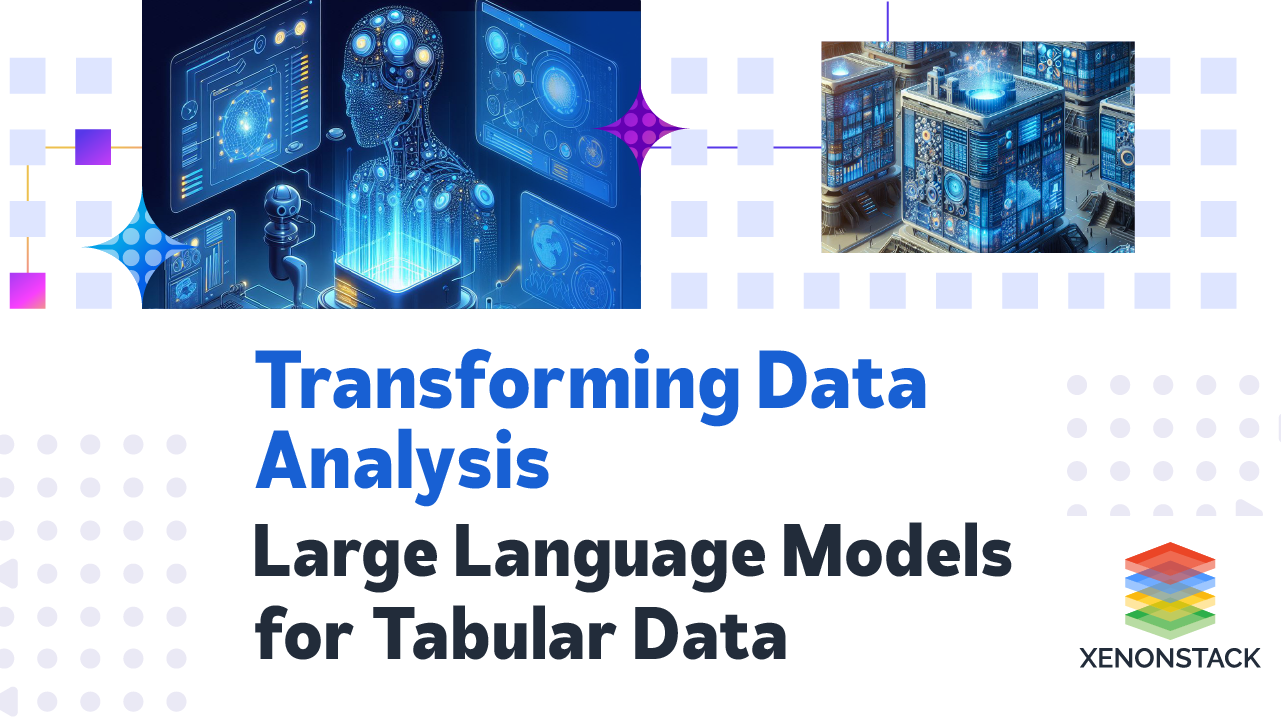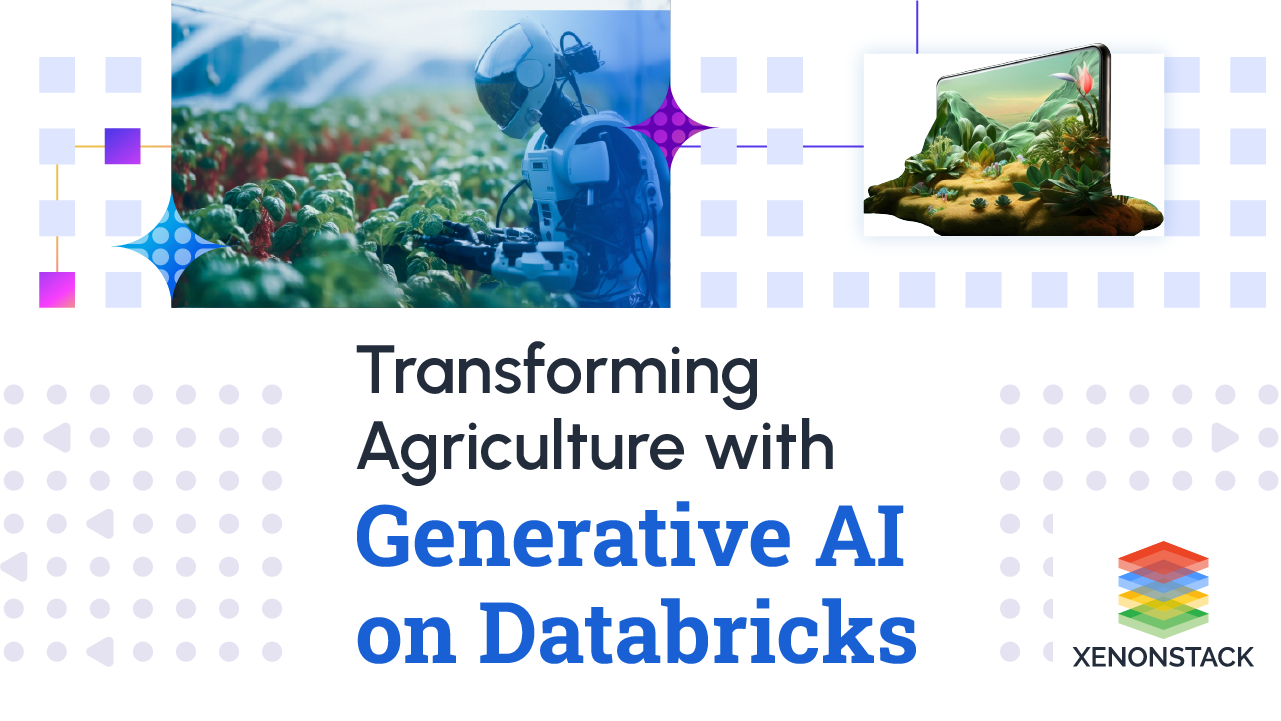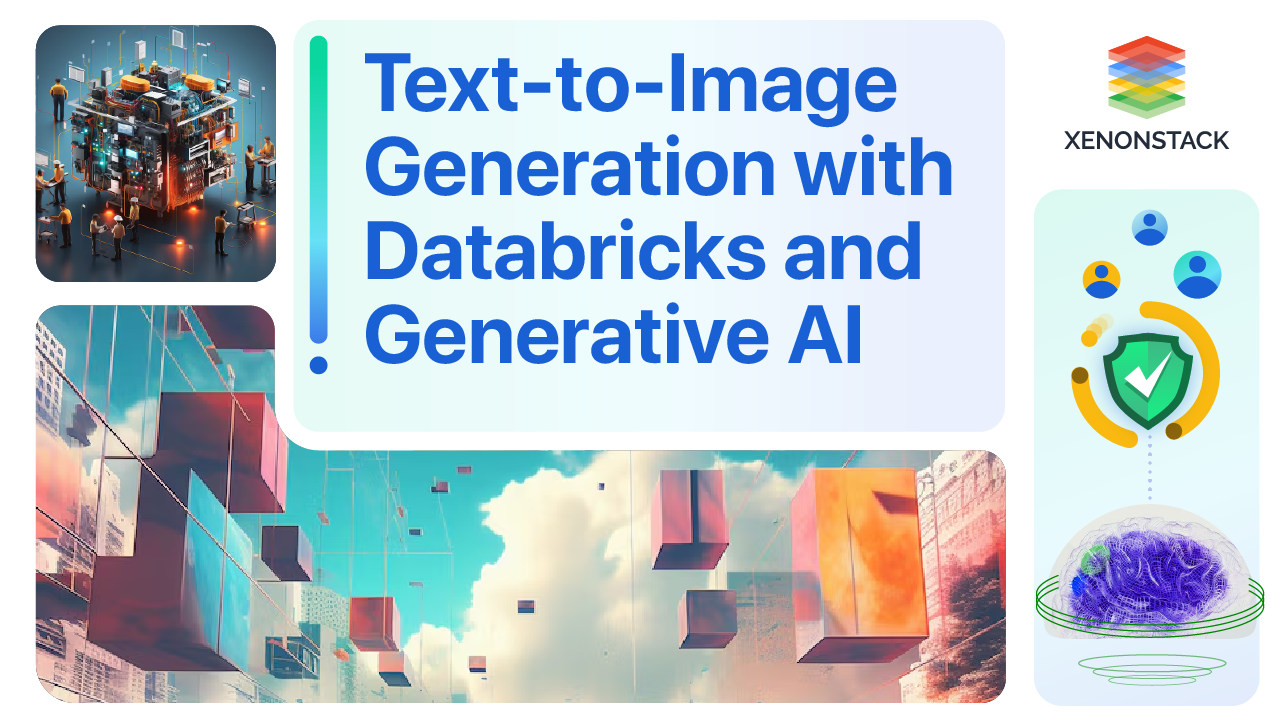
Introduction to Data Processing in IoT
With the enormous rise in urbanization, big cities have been drivers for economic growth and a magnet for talent. As urbanization is growing day by day, cities face unemployment problems, the need for energy efficiency is becoming urgent, and urban infrastructure is putting more pressure on population growth. Disruptive digital technologies can solve these kinds of challenges. Most of the essential drivers for this are disruptive technologies.
Composable Data Processing allows scale engineering effort, modularizes architecture and code, and clearly distinguishes roles. Click to explore about, Composable Data Processing
Consequently, urban areas transform into smart cities with intelligent traffic lights, smart hospitals, smart hospitality, and many more. The second significant driver is data, which is the lifeblood of intelligent solutions. The main challenge that developers face is a lack of awareness of using data to create smart solutions for their citizens that fulfill their real needs. Smart Solution Mainly related to the behavior of humans. The last main ingredient of smart cities is smart people. Focusing on employment and winning the 'war on talent' is essential for significant economic growth.
What are the trends of Smart City in the coming years?
- In 2015,55.6% of the world's population lived in urban areas, or around 3.3 billion people, living in urban areas.
- Around 62.1% of the total population live in urban areas by 2030, so urbanization requires smart technology initiatives that drive growth.
- Rapid urbanization in developed countries inextricably relates to city growth and economic development.
Data Processing Architecture for Smart City
Described below is the architecture of Data Processing in IoT for smart cities.
Data Sources
- It collects data from smart devices, environmental sensors, smartphones, and intelligent vehicles.
- Data collection gathers data from different smart city sources, including intelligent sensing devices, environmental sensors, wearable devices, smartphones, intelligent vehicles, etc. These are ubiquitous wireless sensor networks, ad hoc mobile networks, IoT networks, vehicle to everything networks, etc.
- In terms of their data volume, data structure, data sort, data quality, and data representation requirements, these data sources are quite heterogeneous.
- Therefore, we need an effective mechanism for the efficient use of such data. Feeding data into the decision-making process supports a smart city's advanced applications and services.
- Besides, the raw data obtained from heterogeneous devices is often contaminated, so having a powerful data preprocessing mechanism is essential.
Data Storage
- Data collected can be stored in a cloud data center or near data sources at the edge. Conveniently processing data takes place in a near-real-time manner to support low-latency applications and services, such as traffic light control.
- Also, in support of large-scale and long-term applications, we can easily use cloud data.
- For example, data collected from environmental sensors can be stored in the cloud and used for environmental monitoring applications.
Data Analytics
- Data analytics helps extract useful information for supporting compelling applications and services in a smart city.
- According to the requirements, we can implement data analytics either in a near-real-time or in an offline manner.
- Developers have various approaches for analyzing the data created by smart city applications. They can prefer machine learning techniques that help big data analytics.
- Authors analyze a variety of machine learning techniques in the context of data analytics and data security in a smart city.
Data Application
- In this layer, the approved workers will then use applications to control and track the smart city.
- These apps rely on the data extracted from the data analytics layer and assist the local authority in making a global decision.
- The smart city has several applications, including real-time and non-real-time applications, such as intelligent lighting control, intelligent traffic light management, smart transport system, environmental monitoring system, waste collection system, and waste management system.
Presto includes memory limitation for query Tasks and runs daily /weekly reports queries Required a Large Amount of Memory. Click to explore about, Big Data Processing with Presto and Apache Hive
What are the Factors that influence Smart Cities?
Safer Communities
- A safer town is a smart community. The use of technological advancements and the pursuit of private/public collaborations minimize criminal pastimes.
- Technologies consisting of license plates, gunshot detectors, associated crime centers, and frame cameras all give law enforcement an advantage during the assignment.
- Increased Digital Equity
- Technology in smart cities can create a more equitable world for people. Individuals may have to get entry to high-speed Internet networks and too low-priced devices to render such digital fairness.
- Strategically located in a region, public Wi-Fi hotspots will give all people secure net offerings.
Improved Transportation
- Technologies such as wise visitor metrics maximize visitors' movement on site, relieving congestion at peak tour hours. Other smart transportation innovations allow cities to capitalize on additional revenue sources, including smart parking control.
- Reduced congestion, self-reliant vehicle growth, and green vehicle routing all reduce urban areas' automotive-related area desires, potentially increasing land use for development.
New financial growth possibility
- Many organizations are now partnering with neighboring governments to spend tens of millions of greenbacks in the smart cities' facilities and programs. Investment in smart cities plays an increasingly important role in boosting local and global competitiveness to attract new people and organizations.
Specific Use cases of Smart City
- 24.7 percent CAGR (compound annual growth rate) expected to register from 2020 to 2025.
- The idea of smart cities has also attracted rising attention with the growing awareness of 'smart everything,' which is the end product of all intermediary technologies.
- As we can observe from the graph below, demand for smart cities is increasing rapidly, and people are also becoming smart daily.
An extensive collection of related data, from which useful information can be fetched and used for various projects. Click to explore about, Why Golang for Big data and Parallel Processing Applications?
Use Cases of Smart City
The highlighted below are the Use Cases of Smart City
Smart Hospitality
- IoT sensor data can help to expose patterns of how people use transport. This knowledge can be used by public transit operators to improve the travel experience, to achieve a higher degree of protection and punctuality.
- Smart public transport solutions can integrate several sources, such as ticket sales and traffic statistics, to perform a more sophisticated analysis.
Waste Management in Smart Factory
- In compliance with predefined schedules, most waste collection operators clear the containers.
- This method is not very successful since it contributes to the unproductive use of waste containers and the excessive use of fuel by trucks collecting waste.
- IoT-enabled smart city technologies help refine waste collection schedules by controlling waste levels, optimizing routes, and delivering operational analytics.
Road Traffic
- Ensure safe and efficient arrival of residents from point A to point B.
- Municipalities turn to IoT production and incorporate smart traffic solutions to accomplish this.
Smart Parking
- Smart parking solutions assess whether parking spaces are filled or accessible and create a real-time parking map with the aid of GPS data from drivers' smartphones (or road surface sensors embedded in the ground at parking spots).
- When the nearest parking spot is open, drivers get a notification and use the map to locate a parking spot quickly instead of using the map on their phone.
Public Safety
- IoT-based smart city systems provide real-time surveillance, analytics, and decision-making tools to improve public safety.
- Public security technologies can anticipate possible crime scenes by integrating data from acoustic sensors and CCTV cameras installed across the city with data from social media feeds and analyzing it.
- It will help the police to deter or effectively stop suspected suspects.
Intelligent solutions for empowering enterprises to discover deep & actionable insights and enable businesses to scale to the next level. Click to explore about our, Big Data Analytics Services
Summary
IoT helps in connecting cities and maintaining various public services and infrastructure. The spectrum of use cases is extremely diverse, from intelligent lighting and road traffic to linked public transport and waste management. What they've got in common are the performances. IoT technologies lower energy prices, optimize natural resource usage, clean cities and make a healthier climate. Smart cities also increase the compound annual growth rate with improved transport, smart community, and intelligent traffic lights. As urban areas are continuously growing and expanding, smart city technologies are developing alongside to enhance sustainability and serve better humanity.
- Explore here about Big Data Consulting Services and Solutions
- Read here about Apache Beam Architecture and Processing Workflows


